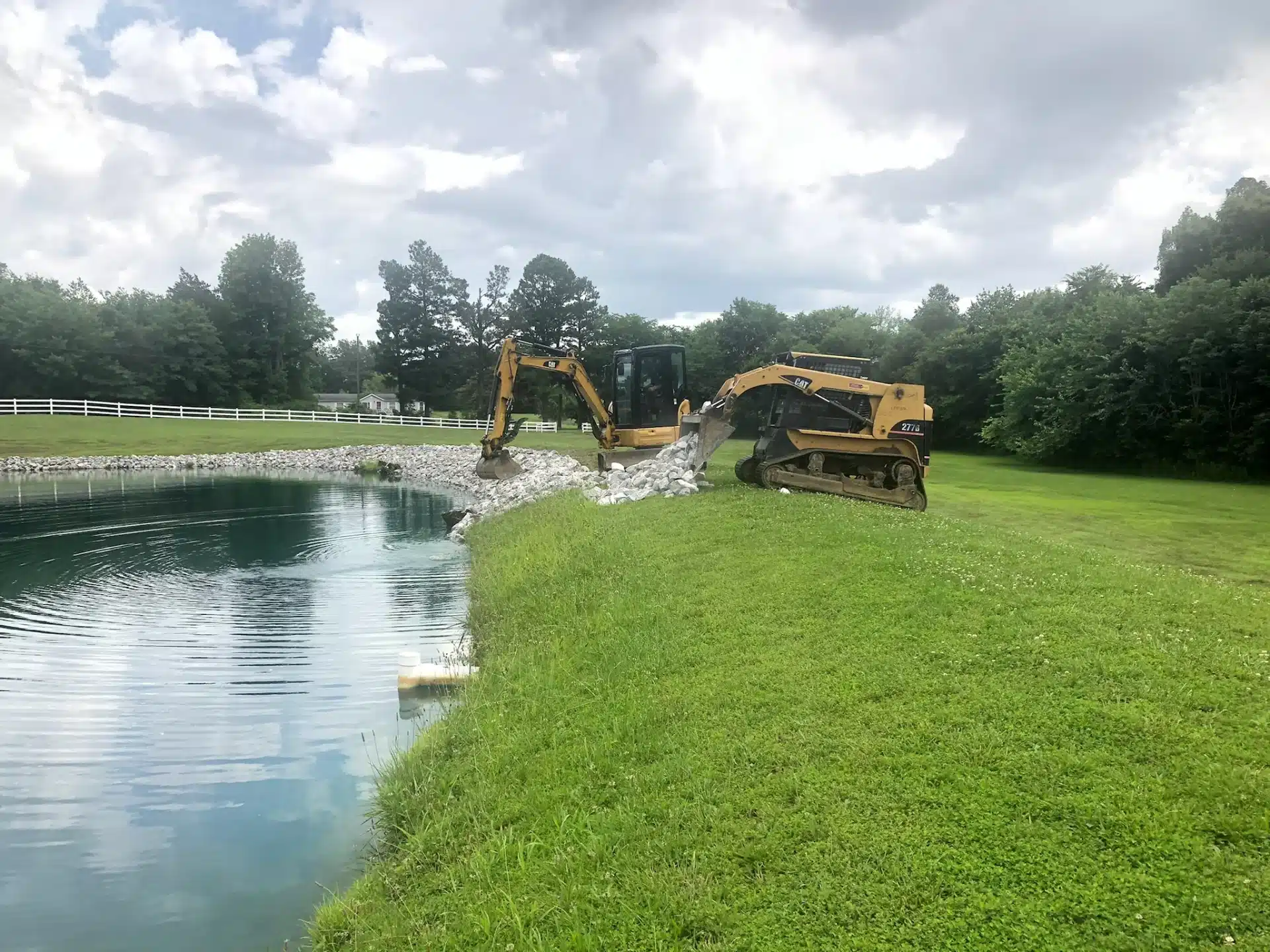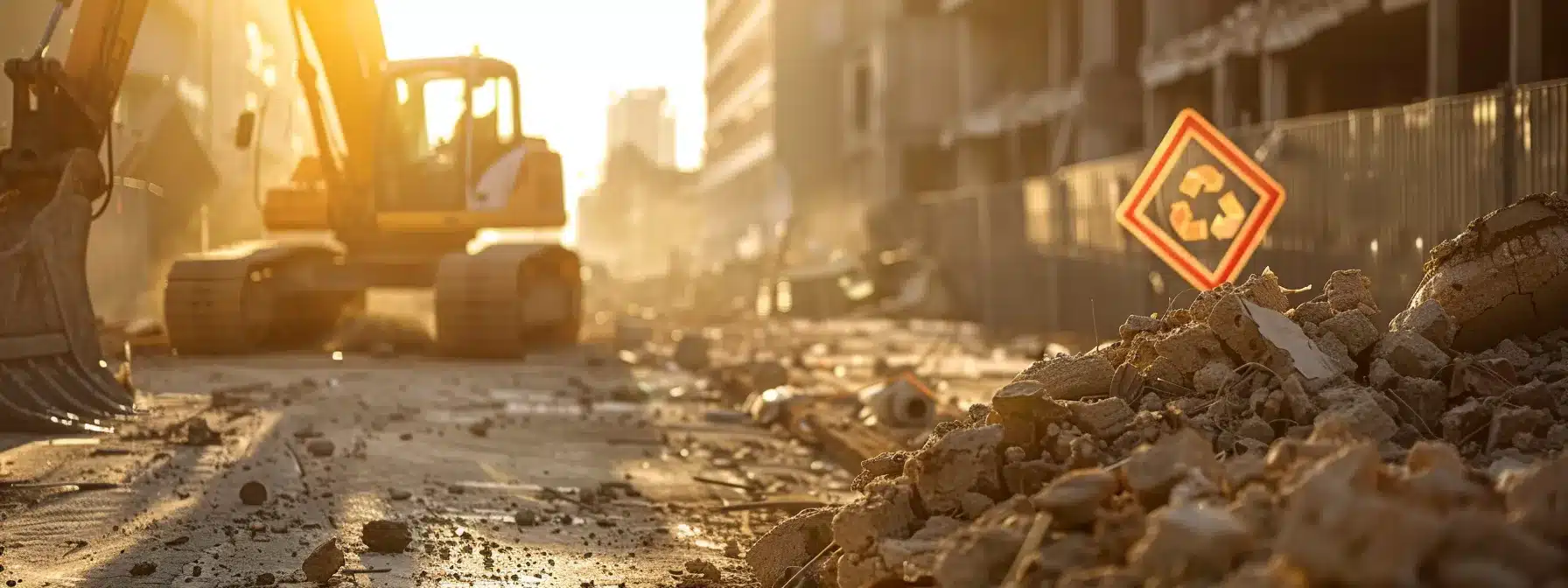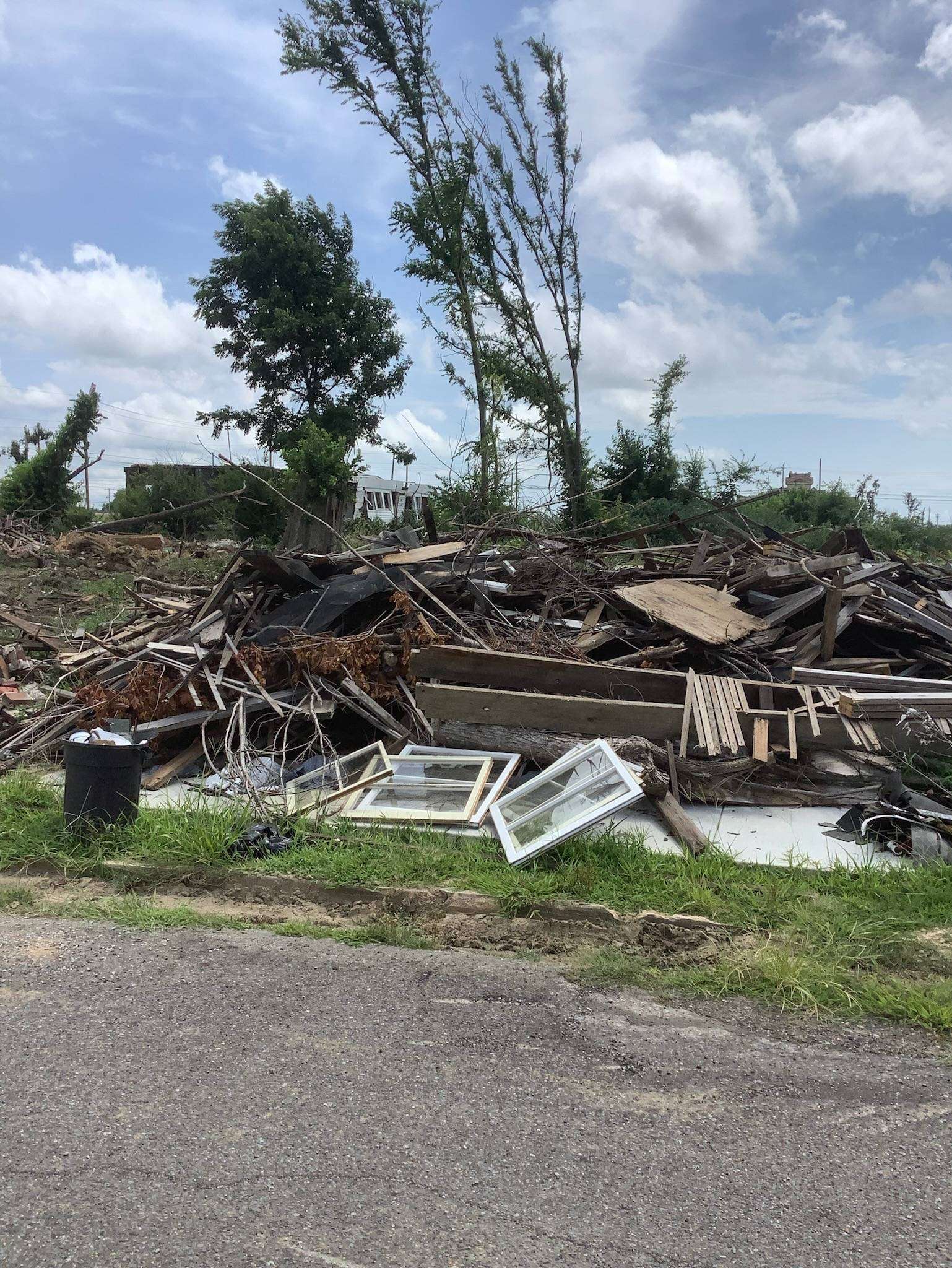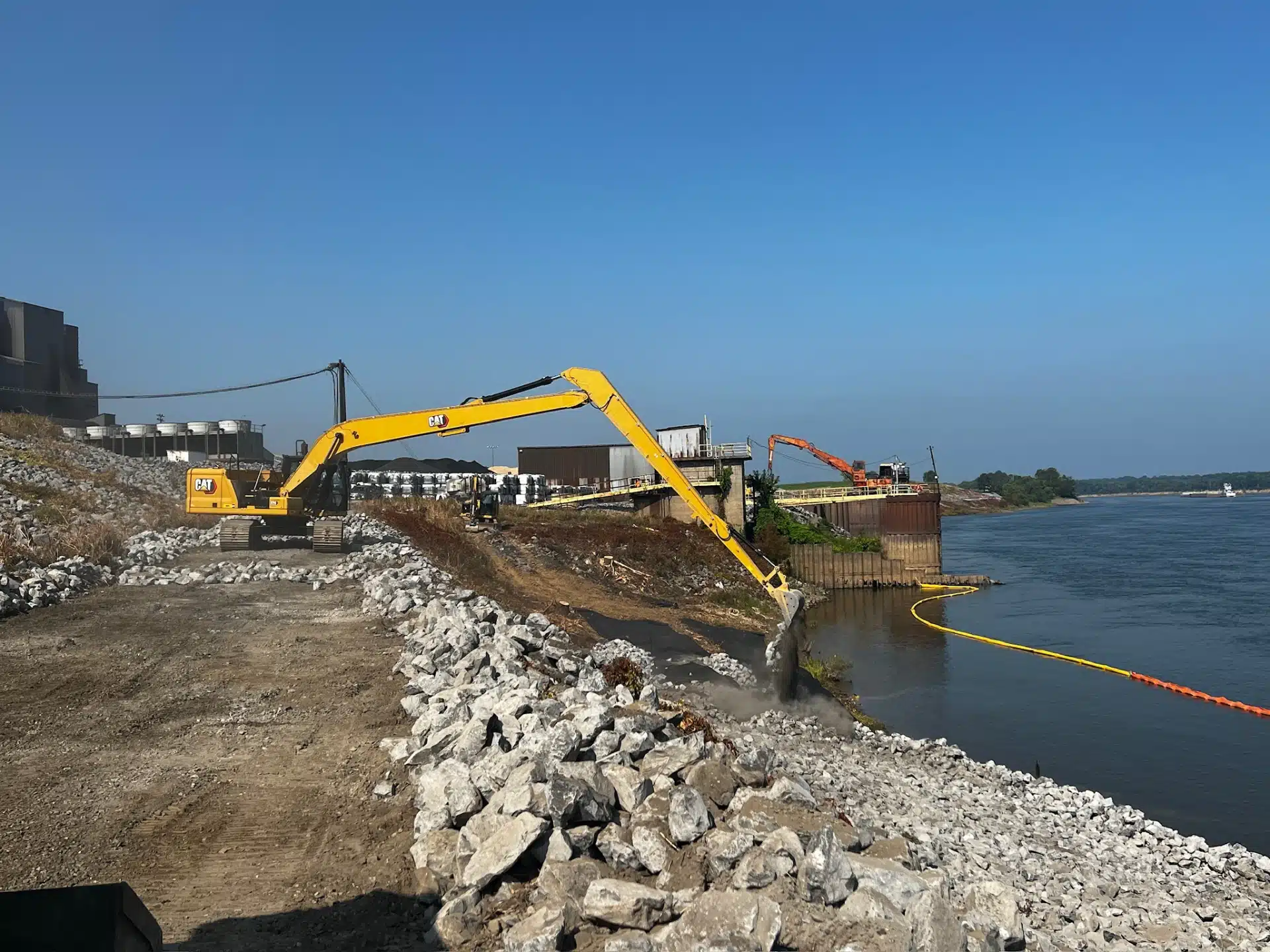What is excavation? Excavation activities involve the movement of soil, rock, or other material from one place to another to create a new space or use it for some other purpose. Excavation may include removing materials at the surface or digging down to the right level.
Hand tools or machine tools can carry out excavation. Hand tools include spades, shovels, picks, mattocks, and rakes. Machinery aids in digging and moving earth, such as loaders that help excavate and move earth onto dump trucks. Machinery also includes excavators (diggers), which help with earthmoving and compaction.
Cut and Fill
Cut and fill are terms used in the construction industry to refer to excavating material from one area and filling another. This process can be conducted above or below ground and is a crucial part of many different types of construction projects. Here’s a closer look at why you might consider using cut and fill services for your next construction project.
Cut and fill service is typically used in cases where the soil or rock formations on a plot of land don’t provide a stable foundation for building structures. In these cases, the materials typically used to construct a property must first be removed from beneath the land’s surface before the plot is leveled off using imported material.
Because this process involves importing soil or rock into a location, it’s often called “borrow pit” construction.
Trench
Trench excavation is digging trenches in the ground for pipelines, cables, or other utilities. It is a common task done during the construction of buildings, bridges, roads, and several other structures. The trench excavation cost depends on several factors, such as soil type and depth of the trench. It also requires workers to follow safety procedures because of the risk involved in working below ground level.
Basement
Basement excavation is the process of digging a basement under an existing structure. This process creates more living space in a home or building and may increase the property’s value. Basement excavations are also used for commercial operations, such as restaurants or retail stores. The exact process used to dig a basement varies based on factors, like the size of the basement, the amount of room available for excavation, and local building codes.
In most cases, basement excavation requires altering the foundation of an existing structure. To do this, construction crews might undercut the foundation of a building and then shore up any remaining walls with scaffolding or support beams. The next step involves excavating soil or rock from under the foundation until there is enough space for a basement. Once this is done, new footings and walls can be constructed to support a new basement.
Dredging
Dredging removes accumulated sediment from the bottom of rivers, lakes, and other water bodies. It’s one of many types of excavation services we offer at Supreme Enterprises.
Dredging is often used to keep waterways navigable for boats and other watercraft. It can also be used to restore aquatic life to a body of water – by removing pollutants or restoring the depth needed for fish and plant life to flourish.
Because it’s such a specialized type of excavation, dredging requires specialized equipment, and the dredge must dig deep into the sediment layer and remove it. A barge-mounted excavator may be ideal for most types of excavation projects in lakes, rivers, or ponds, but it’s not sufficient for dredging.
Supreme Enterprises LLC Can Help
If you own a construction site, you have a problem. A big problem. How do you move the piles and piles of dirt that pile up every day due to construction work without causing issues to yourself and the environment? Buried utilities and the cost of digging in the wrong place, getting the wrong permit… the list is endless.
Our experienced team of specialists can help arrange all aspects of your project, covering all possible scenarios. Let us do the worrying so you can focus on business growth. Work with Supreme Enterprises LLC. We offer excavation services that take care of all your excavation needs – whether it’s for a commercial or residential project.












